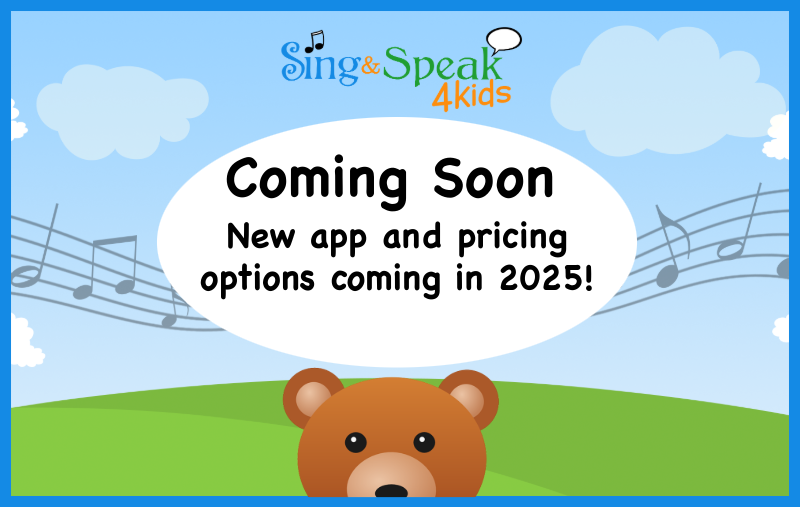By: Kathleen M. Howard, Ph.D.
Advisor for SS4Kids
www.kathleenhowland.com
I recently saw the documentary Bully on Netflix. My heart was broken for the bullying endured by tender and vulnerable children. Bullying has long created a false hierarchy. People who look a certain way or act a certain way are targeted for peer rejection, abuse and even violence. How can we as adults help to decrease these acts?
Typically how adults address bullying includes posters, assemblies and reminders. I typically ask my college students if they had K to 12 school programs and assemblies on this subject. They generally all say, “Yes.” When I ask them about the content, they don’t remember what they learned. They don’t recall the stories or a lesson beyond just don’t do it.
The content of these lessons need to be more memorable in order to change behavioral patterns and influence societal norms. And I think we should be looking at prevention instead of trying to undo patterns that are already set in motion. Perhaps a song is in order, an ear worm that plays over and over, one where the message is readily recalled even in a stressful moment.
The song Don’t laugh at me is a great start. The song was written by Allen Shamblin and Steve Seskin and recorded by Peter, Paul and Mary on their albums Songs of Conscience and Concern. A later recording by Mark Wills earned the artist a number 2 placement on the Billboard country charts and an award by the Country Music Association for song and video in the year of 1998. The verses describes the vulnerable people who are prone to bullying- the kid who’s always chosen last, the kid who is called a “geek,” the homeless person holding a sign for money or food. The chorus is the message that needs to get sticky in a child’s brain:
Don’t laugh at me, don’t call me names
Don’t get your pleasure from my pain
In adult programming, we think to change the mindset of the bully. With a song, we can empower the person being bullied to create responses. If this song is taught to very young children, they grow up with a broader and more empathic view.
I work in an urban neighborhood that is rife with issues related to homelessness. In the past 5 years, it has gotten noticeably. While I am conscious of my safety, especially at night, my heart has been transformed by the line from the song that says:
I lost my wife and little boy when someone crossed that yellow line
The day we laid ’em in the ground is the day I lost my mind
Right now I’m down to holdin’ this little cardboard sign
I see the humanity in the person. It reminds me that nobody is in this position because their life path was uneventful, happy and supported. They are here with trauma, addictions and hopelessness. The song always reminds me to keep my heart open and it can do the same for children.
The song also presents a format that is open to adding lyrics that children can write, tailoring the song to their situation and life experiences. As children grow older, they can learn to sing it in harmony and continue to grow with it emphatically and musically. This writing serves as a reminder and invitation to songwriters to write music that can reflect empathy and social consciousness. They might ascend the charts and contribute to the world at the same time.
Bullying Awareness Resources
Dealing with bullying – a guide for parents and carers
Bullying: Tips for Parents
Understanding Bullying and Cyberbullying
Bullying: What to do if I’m bullied
Helpful vs Harmful: Ways to Manage Emotions
Websites and Apps to be Aware of: A Cheat Sheet for Parents
National Bullying Prevention Month
Exploring the Involvement of Bullying Among Students with Disabilities Over Time
Recognize, Respond, Report: Preventing and Addressing Bullying of Students with Special Needs
Effects of Bullying
The National Child Traumatic Stress Network
StopBullying.gov



